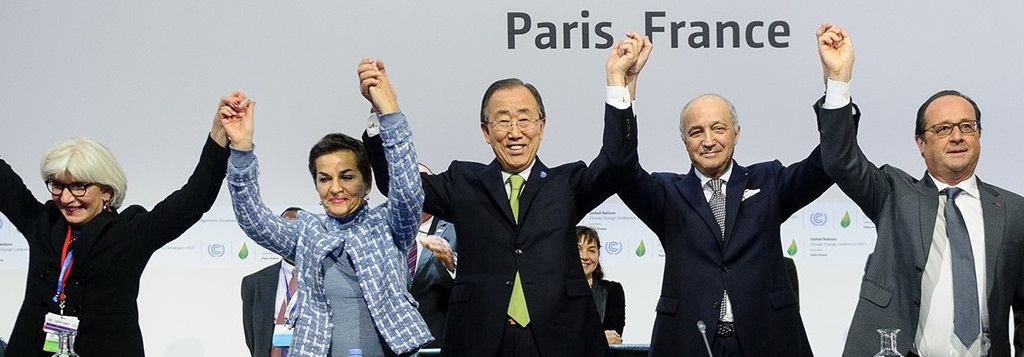Countries must triple their efforts to meet the 2-degree target outlined in the Paris Agreement
 Countries must triple their efforts to meet the 2-degree target outlined in the Paris Agreement
Countries must triple their efforts to meet the 2-degree target outlined in the Paris Agreement
August 2019
Countries must triple their efforts to meet the 2-degree target outlined in the Paris Agreement
The end of 2018 marked two years since the ratification of the Paris Agreement, and two years from the first call for more ambitious pledges. The international community is cautiously observing collective efforts to reduce emissions. The Intergovernmental Panel on Climate Change (IPCC) Special Report on the impacts of global warming of 1.5 degrees above pre-industrial levels, concludes that staying well below two degrees is still within reach, but time is running out and deep emission reductions are a necessity in the coming decades. In their latest Sustainability Digest, the Al-Attiyah Foundation explores the prognosis for the pledge and review approach of the Paris Agreement.
The Paris Agreement is still finding its bearings more than two years on from an unexpectedly fast ratification in 2016. It is fair to say that the first round of pledges in nationally Determined Contributions (NDCs) were hardly scrutinized at the time of submission. The NDCs are at the core of the Paris Agreement and the accomplishment of its long-term goals. NDCs represent efforts by each country to reduce national emissions and adapt to the effects of climate change.
However, the gap between what should be done to reduce greenhouse gas emissions and what is currently occurring is larger than ever, according to the Emission Gap Report by the UN Environment. The Gap Report demonstrates that global emissions have reached historic levels at 53.5 GtCO2e, with no signs of peaking. Similar conclusions have been reported in the latest Greenhouse Gas Bulletin of the World Meteorological Organization and in the IEA 2018 World Energy Outlook. Even assuming that countries act on their pledges under the Paris climate pact, global emissions will continue to rise and the global average temperature is projected to increase by about 3.2 degrees by the end of this century. To adhere to the Paris target, countries’ efforts must triple to meet the 2-degree goal and increase fivefold to meet 1.5 degrees.
So, where do we go from here? With the second round of NDCs due in 2020, effective governance can help countries take on this significant task. There are four key areas countries could focus on ahead of the next round of NDCs: political leadership and national vision in support of the goals; institutional frameworks that outline clear roles and coordination mechanisms; active stakeholder engagement and enhanced monitoring and reporting frameworks. It is time to broaden the domestic discussions beyond the first pledge and take a holistic approach. The next round of pledges will need to be more ambitious and this will require engaging stakeholders at the national and sectorial levels in dialogues to explore decarbonisation pathways, to create a vision for the future, and to develop a long-term strategy which could achieve the agreed vision. This should be considered in parallel with a continued focus on near-term implementation.
The full Sustainability Digest on the NDCS can be viewed or downloaded from the Foundation’s Website at: https://www.abhafoundation.org/sustainability_html